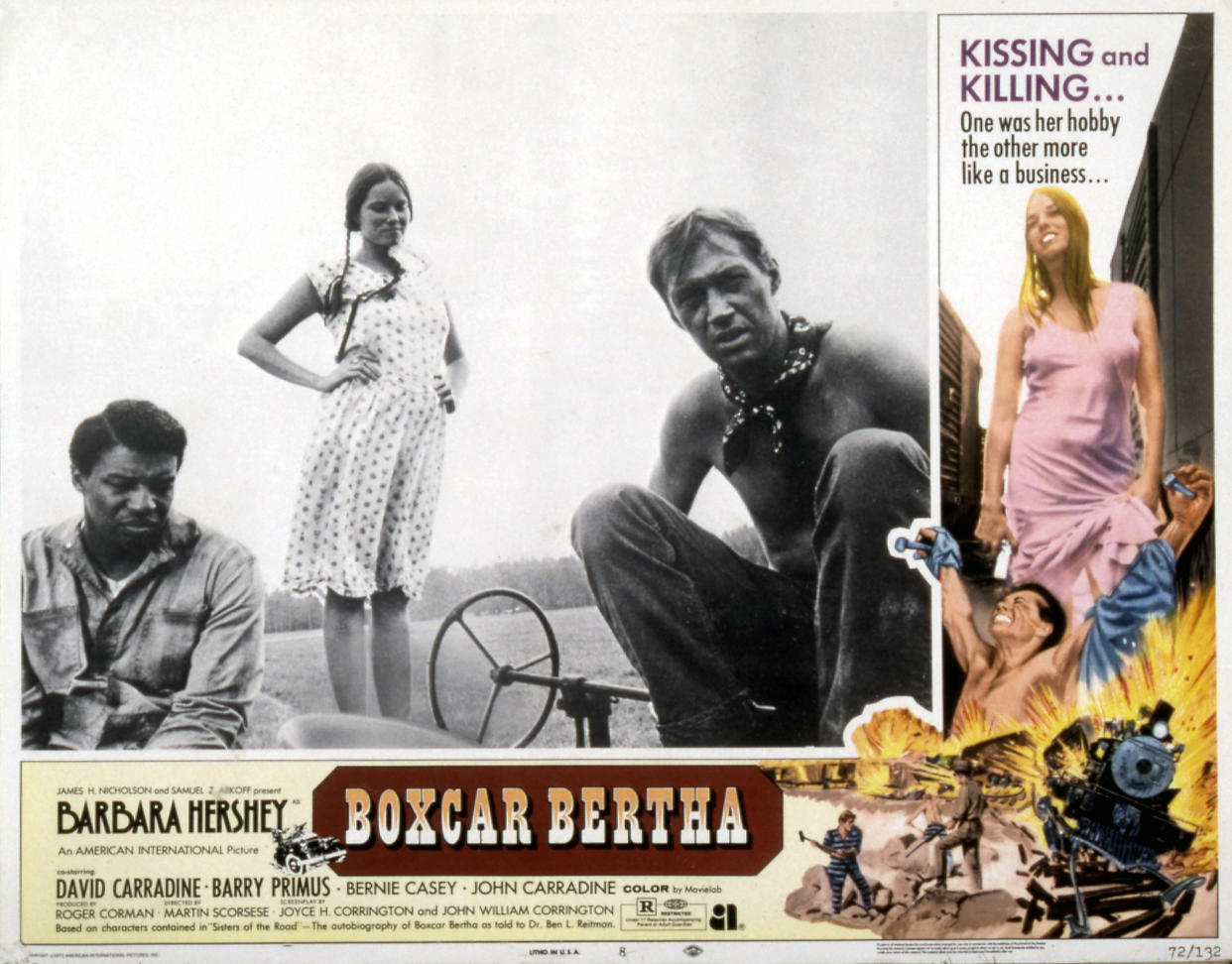Martin Scorsese Remembers Mentor Roger Corman: ‘I Admired Roger, I Loved Him, I Loved the Pictures He Directed’

It took Martin Scorsese two years to finish his first feature narrative film, “Who’s That Knocking at My Door.” It began in 1965 as a student short at NYU, then evolved as Scorsese was granted funding from a professor, then sought more from independent investors. It’s a familiar story for independent filmmakers, especially when they’re just starting out, but it’s not a standard timeline for a film production — and Scorsese knew this. For his next feature, “Boxcar Bertha,” he was given the chance to hone his skills at a much faster and more accurate pace, all thanks to B-movie maestro Roger Corman. Corman died last week at his home in Santa Monica, California and in a statement on his passing, Scorsese offers thankful reflections.
“Roger Corman gave me my start in movies,” Scorsese said. “He set the guidelines, and then he gave me tremendous freedom within those guidelines. In essence, he taught me how to actually make movies. If I hadn’t worked with Roger, I wouldn’t have known how to make ‘Mean Streets’ or, when it comes right down to it, any of the pictures that followed. It was the same for many, many other filmmakers of my generation. I admired Roger, I loved him, I loved the pictures he directed (especially the Poe adaptations) and the spirit of his filmmaking. And I will always be grateful for the opportunity he gave me, and the education. I will always be proud to say that I graduated from the school of Roger Corman.”
More from IndieWire
This is not the first time Scorsese has heaped praise upon his longtime mentor. At one point during his DVD commentary for “Mean Streets,” Scorsese said, “I was able then to direct ‘Boxcar Bertha’ for Roger Corman and it was very important to do that in 24 days because what Corman gave us is the discipline of how to make a film. 24 days shooting — six days a week — six in the morning to 10 at night or whenever it is. You can design your shots, rehearse your actors, get it on film. You have locomotives? That’s your problem. Do the hardest shots first. You know, learn how to make a picture. Because all the other films we’d been making, we did it when we had the time with borrowed cameras and actors coming in and out because they had maybe three or four months in between shooting scenes. It kind of was very important for me to do the exploitation film for Corman.”
Going even further in the documentary “Corman’s World: Exploits of a Hollywood Rebel,” Scorsese said, “Roger, to me, is one the most important American filmmakers. I think it’s very important to let the generation today know who he is.”
Best of IndieWire
Sign up for Indiewire's Newsletter. For the latest news, follow us on Facebook, Twitter, and Instagram.
Solve the daily Crossword

